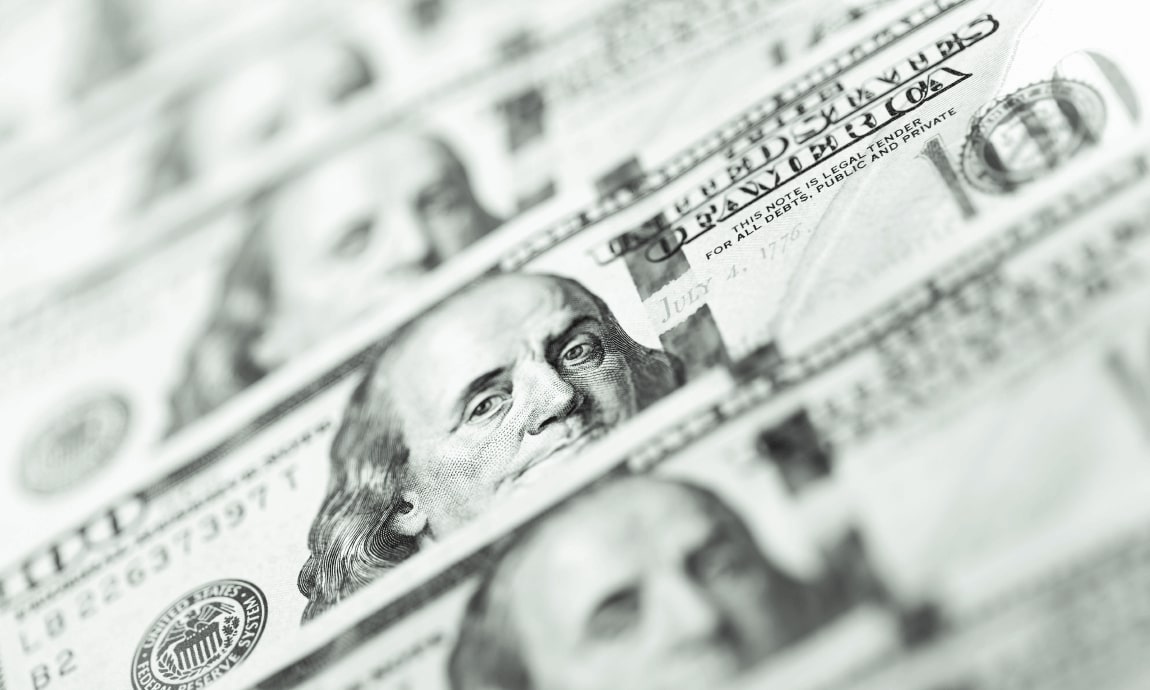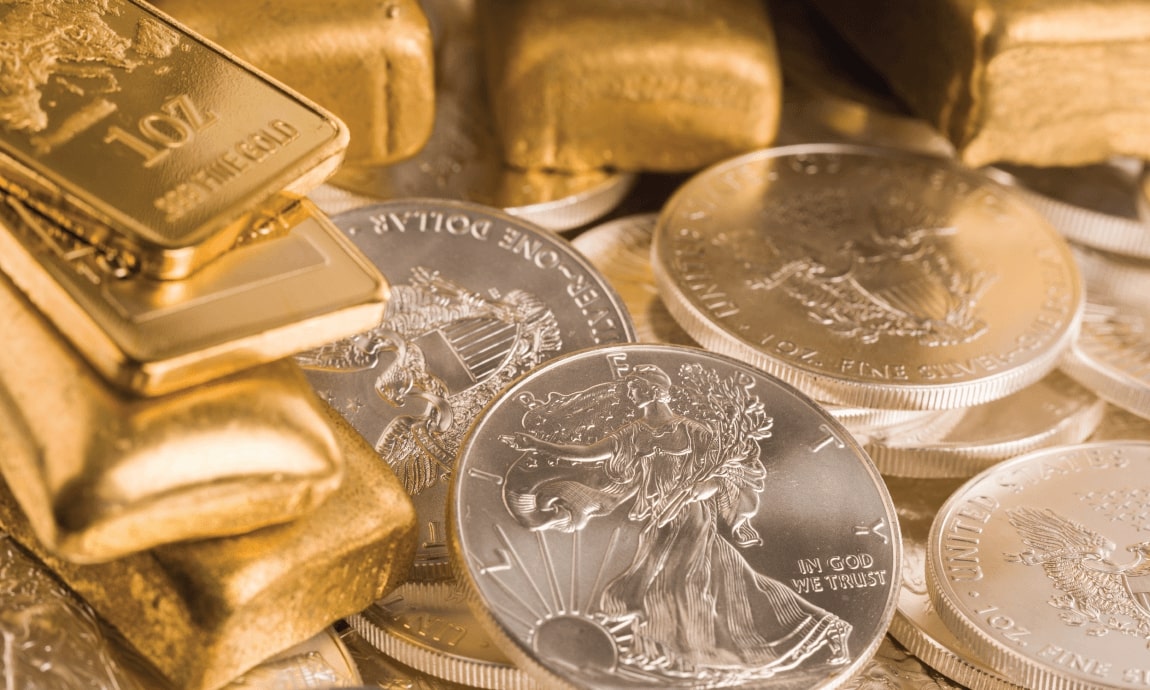In this context, investors became net sellers in Chinese assets in August, with local indices losing between 5% and 8% in the month, as the worries over a manufacturing and property slowdown in China dented sentiment towards the region.
Adding to the above macroeconomic weakness, the increasing worries over China’s property market were also considered, as China’s biggest property developer -Country Garden Holdings- announced a massive $7 billion loss and warned of a potential default, forcing some provincial governments in China to cut mortgage rates this week to help support the struggling property sector.
In this context, investors became net sellers in Chinese assets in August, with local indices losing between 5% and 8% in the month, as the worries over a manufacturing and property slowdown in China dented sentiment towards the region.
Adding to the above macroeconomic weakness, the increasing worries over China’s property market were also considered, as China’s biggest property developer -Country Garden Holdings- announced a massive $7 billion loss and warned of a potential default, forcing some provincial governments in China to cut mortgage rates this week to help support the struggling property sector.
In this context, investors became net sellers in Chinese assets in August, with local indices losing between 5% and 8% in the month, as the worries over a manufacturing and property slowdown in China dented sentiment towards the region.
The declining factory and services activities are reflecting the weakening demand for products and services, and the deteriorating consumer sentiment which led to weak sales, despite the efforts from local authorities to revive the activity and economy via stimulus plans and lowering the mortgage rates.
Adding to the above macroeconomic weakness, the increasing worries over China’s property market were also considered, as China’s biggest property developer -Country Garden Holdings- announced a massive $7 billion loss and warned of a potential default, forcing some provincial governments in China to cut mortgage rates this week to help support the struggling property sector.
In this context, investors became net sellers in Chinese assets in August, with local indices losing between 5% and 8% in the month, as the worries over a manufacturing and property slowdown in China dented sentiment towards the region.
The declining factory and services activities are reflecting the weakening demand for products and services, and the deteriorating consumer sentiment which led to weak sales, despite the efforts from local authorities to revive the activity and economy via stimulus plans and lowering the mortgage rates.
Adding to the above macroeconomic weakness, the increasing worries over China’s property market were also considered, as China’s biggest property developer -Country Garden Holdings- announced a massive $7 billion loss and warned of a potential default, forcing some provincial governments in China to cut mortgage rates this week to help support the struggling property sector.
In this context, investors became net sellers in Chinese assets in August, with local indices losing between 5% and 8% in the month, as the worries over a manufacturing and property slowdown in China dented sentiment towards the region.
A PMI reading above 50 indicates an expansion in activity, while a reading below that level points to a contraction.
The declining factory and services activities are reflecting the weakening demand for products and services, and the deteriorating consumer sentiment which led to weak sales, despite the efforts from local authorities to revive the activity and economy via stimulus plans and lowering the mortgage rates.
Adding to the above macroeconomic weakness, the increasing worries over China’s property market were also considered, as China’s biggest property developer -Country Garden Holdings- announced a massive $7 billion loss and warned of a potential default, forcing some provincial governments in China to cut mortgage rates this week to help support the struggling property sector.
In this context, investors became net sellers in Chinese assets in August, with local indices losing between 5% and 8% in the month, as the worries over a manufacturing and property slowdown in China dented sentiment towards the region.
A PMI reading above 50 indicates an expansion in activity, while a reading below that level points to a contraction.
The declining factory and services activities are reflecting the weakening demand for products and services, and the deteriorating consumer sentiment which led to weak sales, despite the efforts from local authorities to revive the activity and economy via stimulus plans and lowering the mortgage rates.
Adding to the above macroeconomic weakness, the increasing worries over China’s property market were also considered, as China’s biggest property developer -Country Garden Holdings- announced a massive $7 billion loss and warned of a potential default, forcing some provincial governments in China to cut mortgage rates this week to help support the struggling property sector.
In this context, investors became net sellers in Chinese assets in August, with local indices losing between 5% and 8% in the month, as the worries over a manufacturing and property slowdown in China dented sentiment towards the region.
A PMI reading above 50 indicates an expansion in activity, while a reading below that level points to a contraction.
The declining factory and services activities are reflecting the weakening demand for products and services, and the deteriorating consumer sentiment which led to weak sales, despite the efforts from local authorities to revive the activity and economy via stimulus plans and lowering the mortgage rates.
Adding to the above macroeconomic weakness, the increasing worries over China’s property market were also considered, as China’s biggest property developer -Country Garden Holdings- announced a massive $7 billion loss and warned of a potential default, forcing some provincial governments in China to cut mortgage rates this week to help support the struggling property sector.
In this context, investors became net sellers in Chinese assets in August, with local indices losing between 5% and 8% in the month, as the worries over a manufacturing and property slowdown in China dented sentiment towards the region.
In the same report, China’s non-manufacturing PMI, which covers the service sectors, fell to 51.0 in August, slightly lower than 51.5 in July, but much lower than the 53.2 in June.
A PMI reading above 50 indicates an expansion in activity, while a reading below that level points to a contraction.
The declining factory and services activities are reflecting the weakening demand for products and services, and the deteriorating consumer sentiment which led to weak sales, despite the efforts from local authorities to revive the activity and economy via stimulus plans and lowering the mortgage rates.
Adding to the above macroeconomic weakness, the increasing worries over China’s property market were also considered, as China’s biggest property developer -Country Garden Holdings- announced a massive $7 billion loss and warned of a potential default, forcing some provincial governments in China to cut mortgage rates this week to help support the struggling property sector.
In this context, investors became net sellers in Chinese assets in August, with local indices losing between 5% and 8% in the month, as the worries over a manufacturing and property slowdown in China dented sentiment towards the region.
In the same report, China’s non-manufacturing PMI, which covers the service sectors, fell to 51.0 in August, slightly lower than 51.5 in July, but much lower than the 53.2 in June.
A PMI reading above 50 indicates an expansion in activity, while a reading below that level points to a contraction.
The declining factory and services activities are reflecting the weakening demand for products and services, and the deteriorating consumer sentiment which led to weak sales, despite the efforts from local authorities to revive the activity and economy via stimulus plans and lowering the mortgage rates.
Adding to the above macroeconomic weakness, the increasing worries over China’s property market were also considered, as China’s biggest property developer -Country Garden Holdings- announced a massive $7 billion loss and warned of a potential default, forcing some provincial governments in China to cut mortgage rates this week to help support the struggling property sector.
In this context, investors became net sellers in Chinese assets in August, with local indices losing between 5% and 8% in the month, as the worries over a manufacturing and property slowdown in China dented sentiment towards the region.
According to data from the National Bureau of Statistics released Thursday, the official PMI-manufacturing purchasing managers’ index came in at 49.7 in August, rising slightly from 49.3 in July, and better than the median forecast for 49.4 in a Reuters poll. http://www.stats.gov.cn/sj/zxfb/202308/t20230831_1942429.html
In the same report, China’s non-manufacturing PMI, which covers the service sectors, fell to 51.0 in August, slightly lower than 51.5 in July, but much lower than the 53.2 in June.
A PMI reading above 50 indicates an expansion in activity, while a reading below that level points to a contraction.
The declining factory and services activities are reflecting the weakening demand for products and services, and the deteriorating consumer sentiment which led to weak sales, despite the efforts from local authorities to revive the activity and economy via stimulus plans and lowering the mortgage rates.
Adding to the above macroeconomic weakness, the increasing worries over China’s property market were also considered, as China’s biggest property developer -Country Garden Holdings- announced a massive $7 billion loss and warned of a potential default, forcing some provincial governments in China to cut mortgage rates this week to help support the struggling property sector.
In this context, investors became net sellers in Chinese assets in August, with local indices losing between 5% and 8% in the month, as the worries over a manufacturing and property slowdown in China dented sentiment towards the region.
According to data from the National Bureau of Statistics released Thursday, the official PMI-manufacturing purchasing managers’ index came in at 49.7 in August, rising slightly from 49.3 in July, and better than the median forecast for 49.4 in a Reuters poll. http://www.stats.gov.cn/sj/zxfb/202308/t20230831_1942429.html
In the same report, China’s non-manufacturing PMI, which covers the service sectors, fell to 51.0 in August, slightly lower than 51.5 in July, but much lower than the 53.2 in June.
A PMI reading above 50 indicates an expansion in activity, while a reading below that level points to a contraction.
The declining factory and services activities are reflecting the weakening demand for products and services, and the deteriorating consumer sentiment which led to weak sales, despite the efforts from local authorities to revive the activity and economy via stimulus plans and lowering the mortgage rates.
Adding to the above macroeconomic weakness, the increasing worries over China’s property market were also considered, as China’s biggest property developer -Country Garden Holdings- announced a massive $7 billion loss and warned of a potential default, forcing some provincial governments in China to cut mortgage rates this week to help support the struggling property sector.
In this context, investors became net sellers in Chinese assets in August, with local indices losing between 5% and 8% in the month, as the worries over a manufacturing and property slowdown in China dented sentiment towards the region.
Hang Seng index and China’s mainland indices fell between 0.1% to 0.5% on the last trading day of the month, after official data showed that China’s manufacturing sector shrank for a fifth straight month in August, increasing concerns over an economic slowdown in the country.
According to data from the National Bureau of Statistics released Thursday, the official PMI-manufacturing purchasing managers’ index came in at 49.7 in August, rising slightly from 49.3 in July, and better than the median forecast for 49.4 in a Reuters poll. http://www.stats.gov.cn/sj/zxfb/202308/t20230831_1942429.html
In the same report, China’s non-manufacturing PMI, which covers the service sectors, fell to 51.0 in August, slightly lower than 51.5 in July, but much lower than the 53.2 in June.
A PMI reading above 50 indicates an expansion in activity, while a reading below that level points to a contraction.
The declining factory and services activities are reflecting the weakening demand for products and services, and the deteriorating consumer sentiment which led to weak sales, despite the efforts from local authorities to revive the activity and economy via stimulus plans and lowering the mortgage rates.
Adding to the above macroeconomic weakness, the increasing worries over China’s property market were also considered, as China’s biggest property developer -Country Garden Holdings- announced a massive $7 billion loss and warned of a potential default, forcing some provincial governments in China to cut mortgage rates this week to help support the struggling property sector.
In this context, investors became net sellers in Chinese assets in August, with local indices losing between 5% and 8% in the month, as the worries over a manufacturing and property slowdown in China dented sentiment towards the region.







